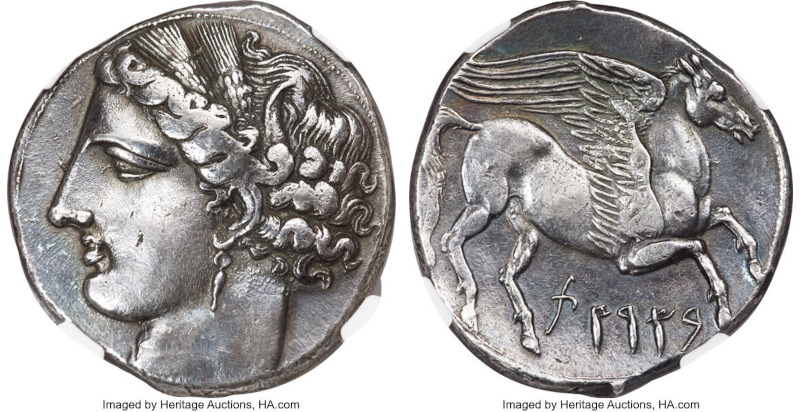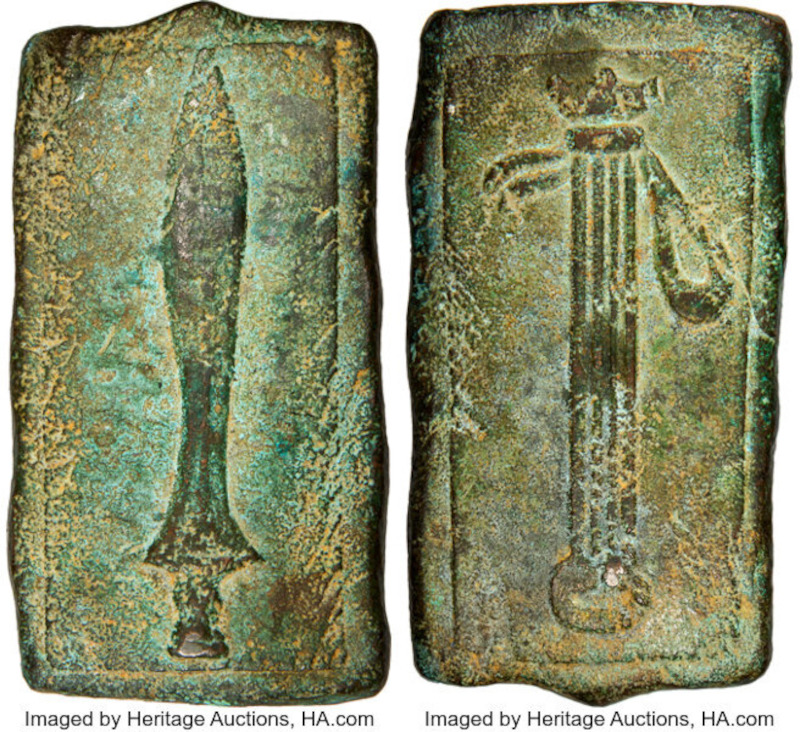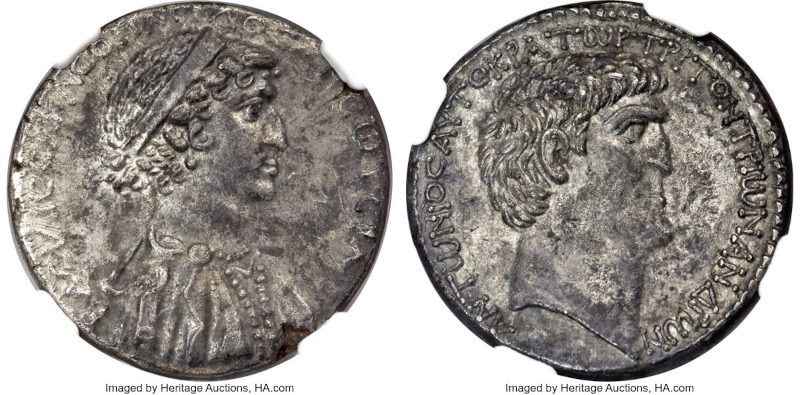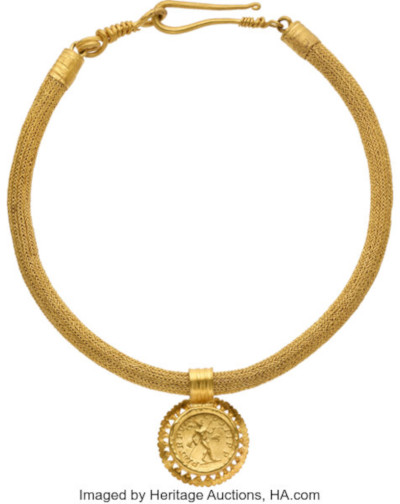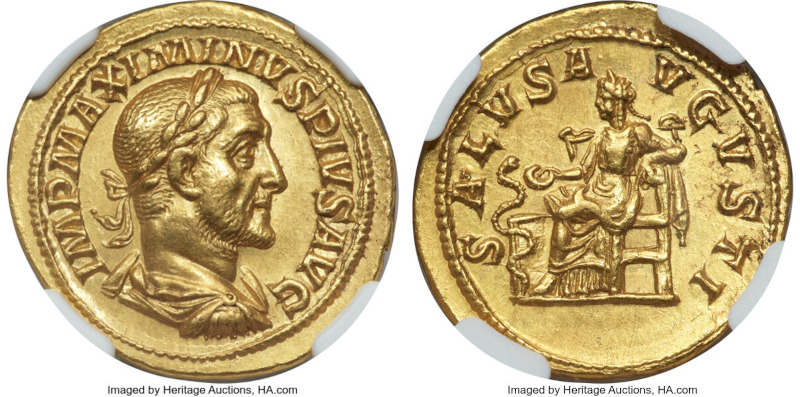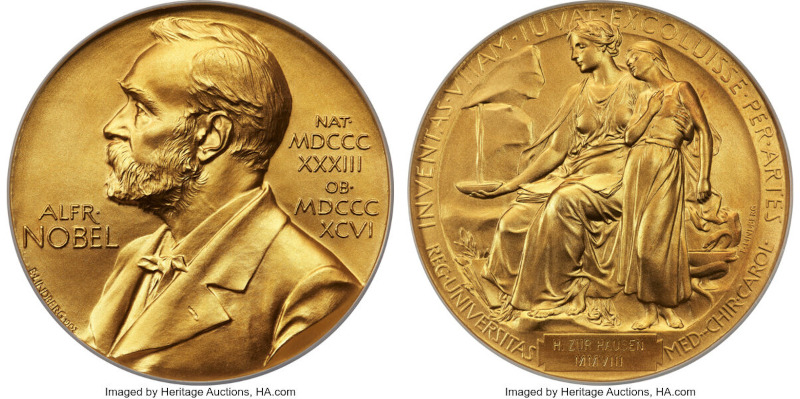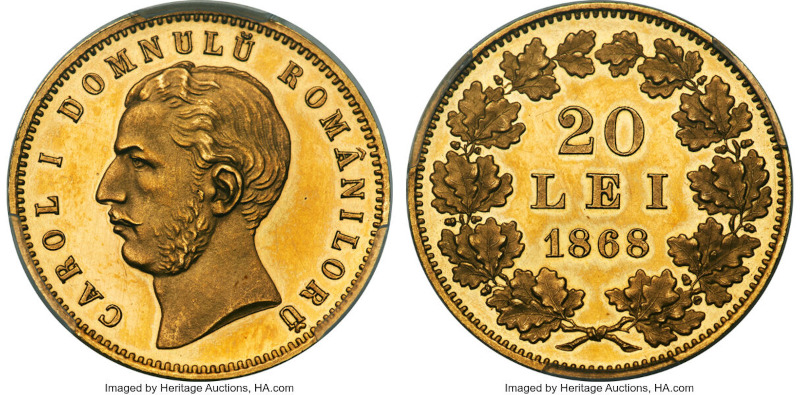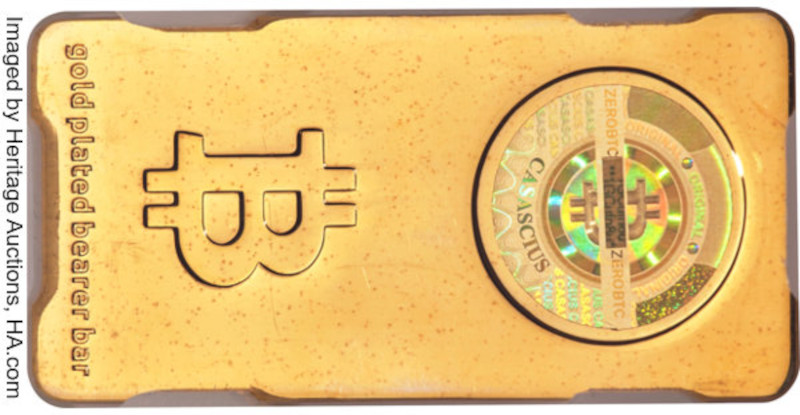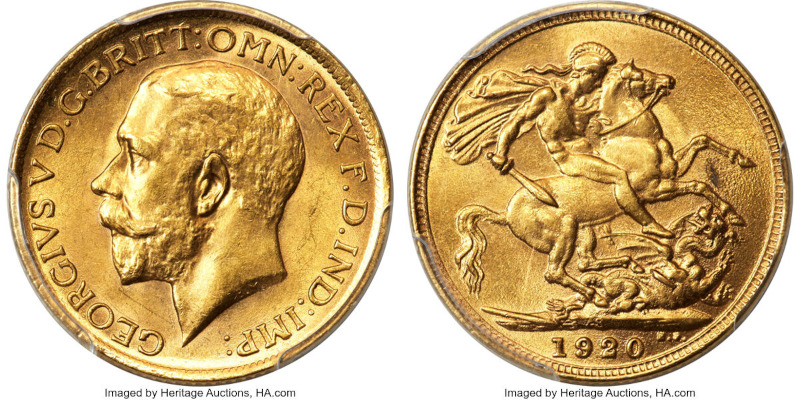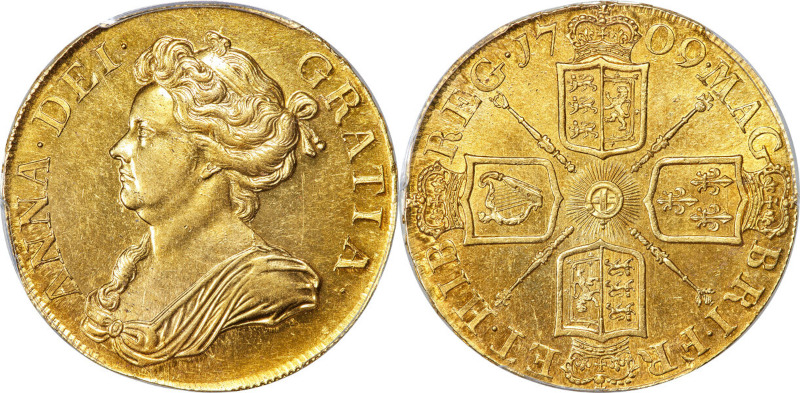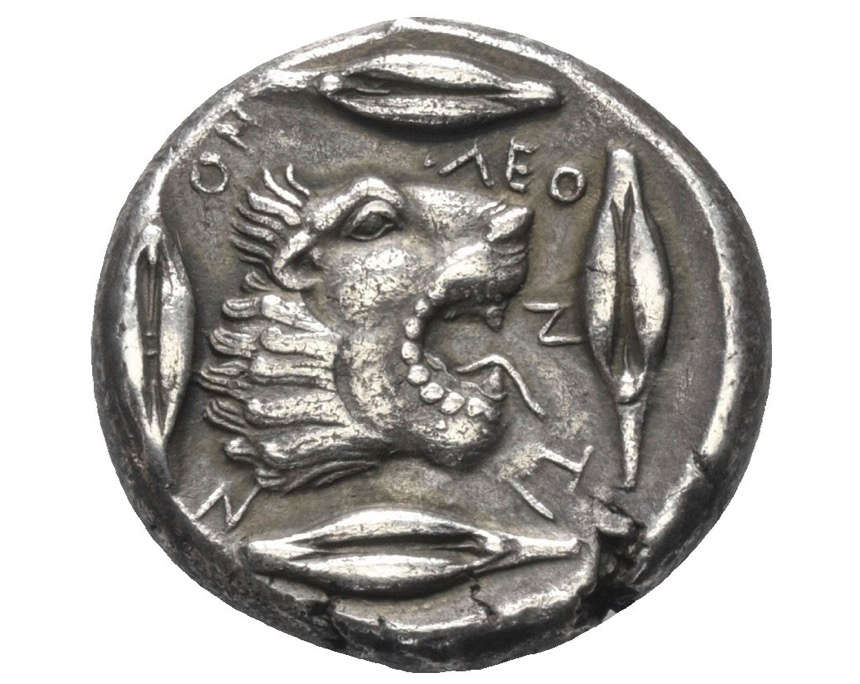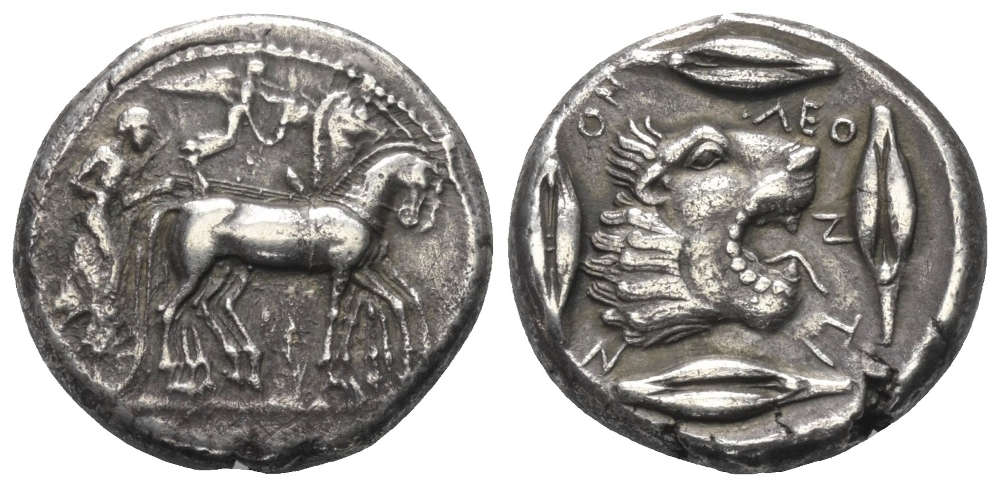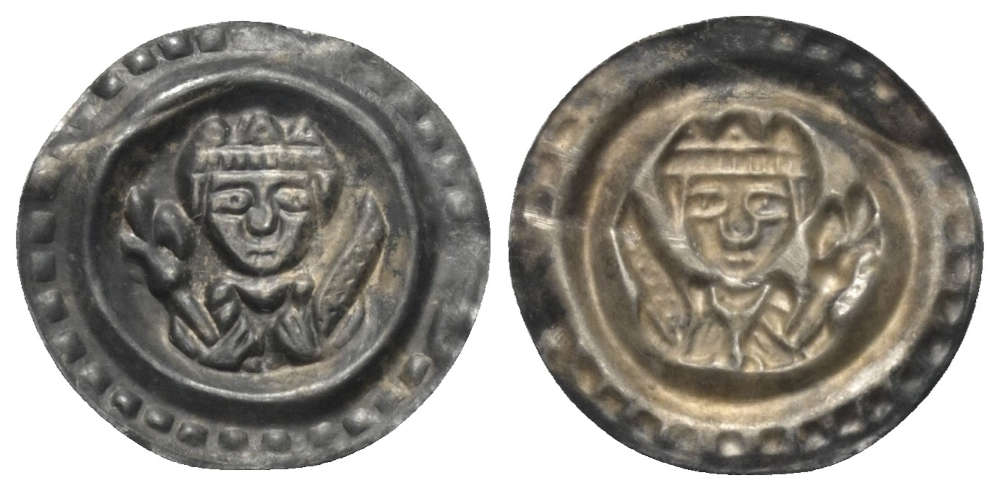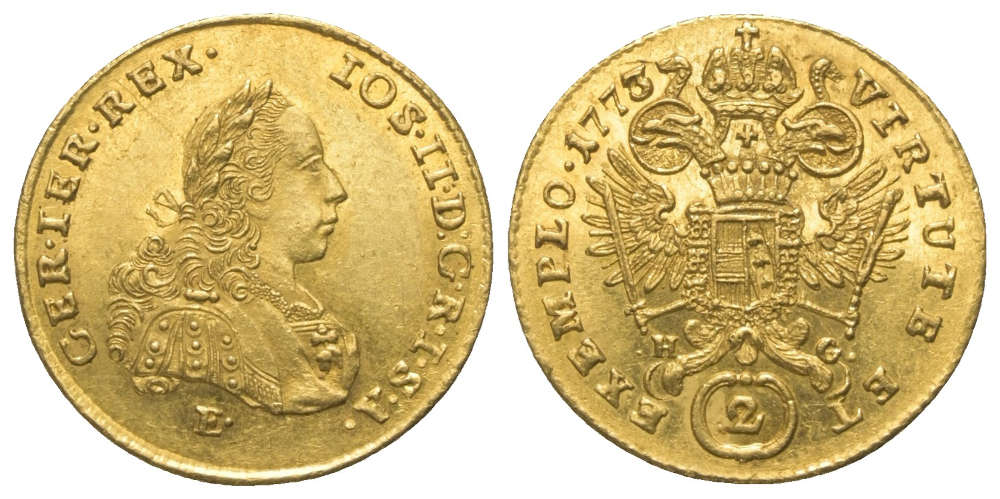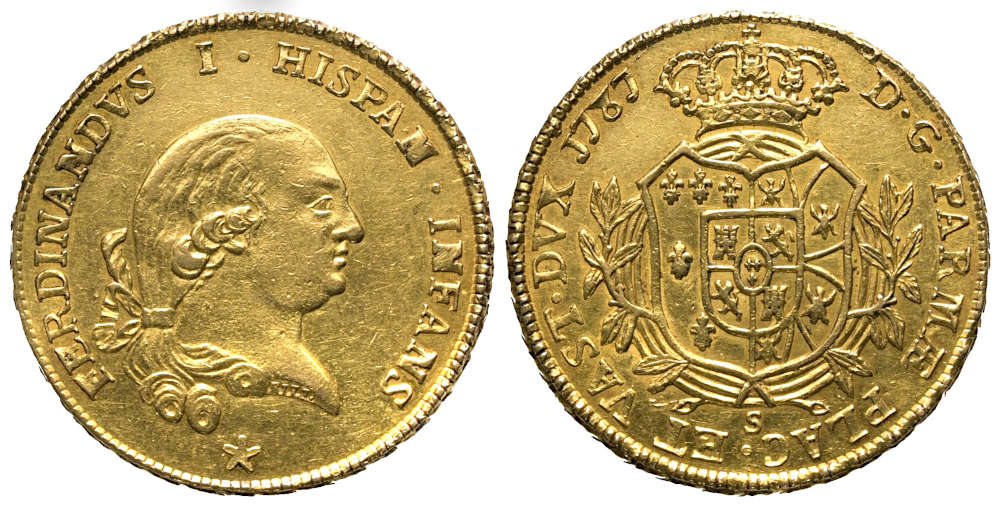Solidus Auction 119
Solidus Numismatik e.K.
Auction 119
Coins
23 May 2023
Online
In Auction 119, Solidus presents 424 attractive lots with some rarities, e.g. an extremely rare medieval bracteate from Ulm and excellently preserved gold coins of the 18th century including pieces of the Habsburg dynasty and an extremely rare Taler of Joseph II. At the end of the auction, interesting groups of coins with very moderate estimates are offered.
The auction will be held as a live auction on the auction platform AUEX on Tuesday, 23 May, 2023 from 4:00 p.m. CEST. Pre-bids can already be submitted.
Customers with a Sixbid account can also take part in the auction live via Sixbid.
The auction begins with Celtic coins, mostly from Eastern Celtic tribes, and imitations of ancient coins by cultures at the periphery of the Ancient World. A selection of Greek coins follows, from Magna Graecia and the Greek motherland to the Greek colonies in the Black Sea region and Asia Minor and the Hellenistic kingdoms. A tetradrachm from Leontinoi (lot 1020) is particularly beautiful. Attractive and interesting is an Arabic imitation of an Attic tetradrachm in an idiosyncratic style (lot 1119).
Selected provincial Roman coins follow, including extremely rare coinages of Gallienus from Prusa on Olympus (lot 1128), of Sabina from Attaia in Mysia (lot 1129) and a very rare tetradrachm of Diadumenianus from Arados (lot 1149). This is followed by some denarii of the Roman Republic (lots 1138 – 1217) and coinage of the Roman imperial period, including an almost uncirculated, certified siliqua of Constantius II (1196). Some Byzantine coins, among them two beautiful miliaresia, conclude the offers on antiquity.
From the Middle Ages there are interesting Bavarian pennies of the late Middle Ages (lots 1205 – 1214), furthermore a series of late medieval coinages of the principalities of Moldavia and Wallachia (lots 1216 – 1242). An extremely rare royal bracteate from Ulm, probably the sixth known example (lot 1214), deserves special mention.
Two German gold coins deserve attention: an almost mint state ducat of the Teutonic Order of Archduke Maximilian (lot 1252) and an almost extremely fine ducat from Nuremberg from the time of the Swedish occupation under Gustav Adolph in 1632 (lot 1255).
Some exceptionally beautiful and brilliantly preserved coins of the Habsburg dynasty are double ducats of Maria Theresa from Kremnitz 1765 (lot 1258) and Karlsburg 1777 (lot 1259) and of Joseph II from Karlsburg 1773 (lot 1261), furthermore an extremely rare certified thaler of Joseph II from 1768 (lot 1260) and a ducat of Franz Joseph from Vienna 1865 (lot 1264).
A respectable gold coin are 4 Doppie of the year 1787 from the Duchy of Parma (lot 1266). The last section of the auction is made up of interesting coin groups with very moderate estimate prices.
You can access the auction via AUEX.
Here you can find the website of Solidus Numismatik.






